Peter Panum described the incubation period of measles and lifelong immunity after recovery from the disease
In 1846, Peter Panum described the highly contagious nature, the 14-day incubation period, and the induction of lifelong…
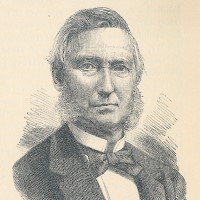
In 1846, Peter Panum described the highly contagious nature, the 14-day incubation period, and the induction of lifelong…
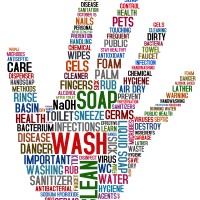
In 1846, Ignaz Philipp Semmelweis, known as the ‘Savior of Mothers,’ discovered that cases of puerperal fever, also…
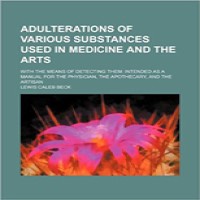
In 1846, Lewis Caleb Beck’s published “Adulteration of Various Substances Used in Medicine and the Arts,” one of…
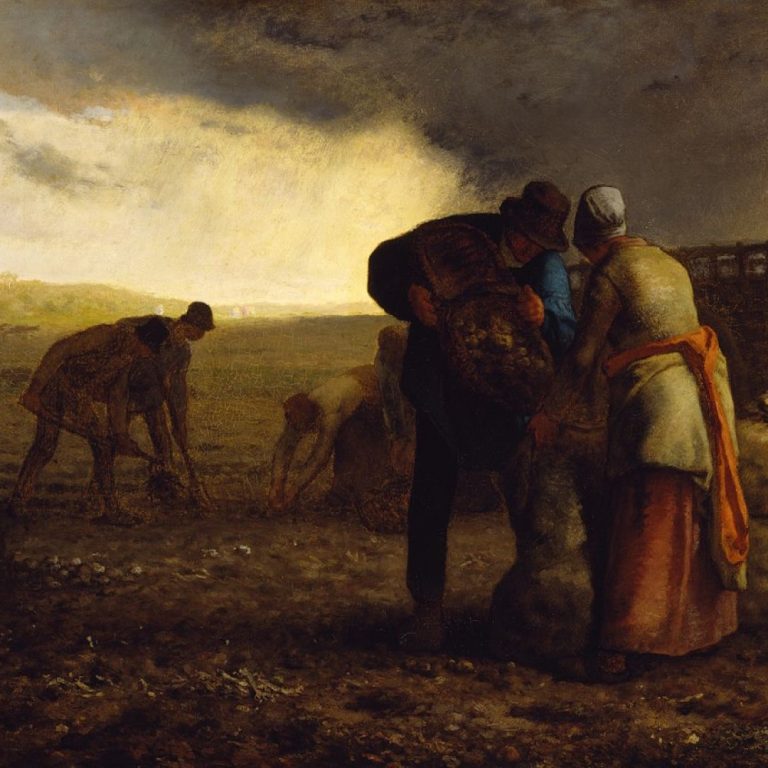
In late 1845 and 1846, a summer blight ravaged Ireland’s potato crop. It is estimated that more than…
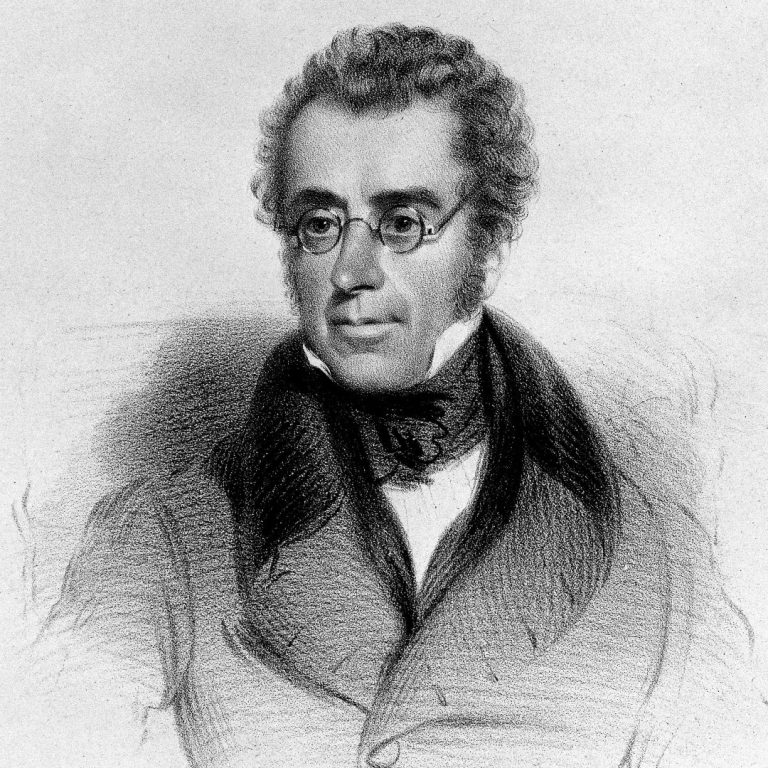
On Mar. 16, 1844, John Bostock, Jr., an English physician, published the first description of allergies in Medico-Chirurgical…
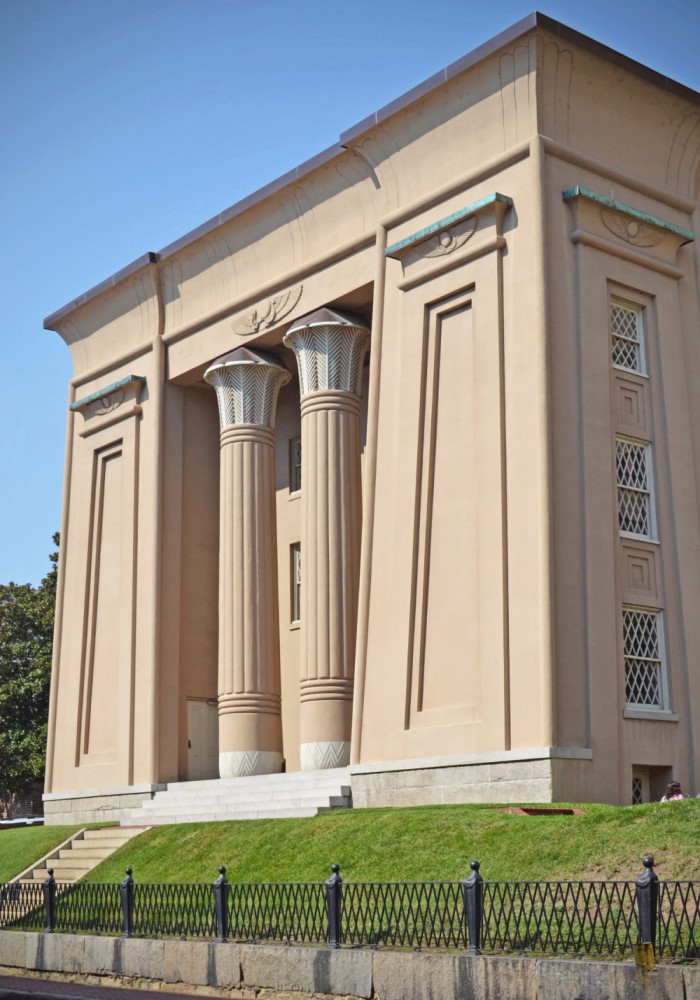
In 1844, The Medical Department of Hampden-Sydney College moved into its first permanent home, the Egyptian Building.
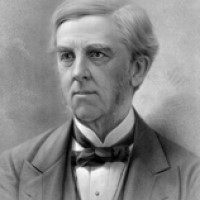
In 1843, Harvard Medical School dean and physician Oliver Wendall Holmes discovered the cause and prevention of childhood…
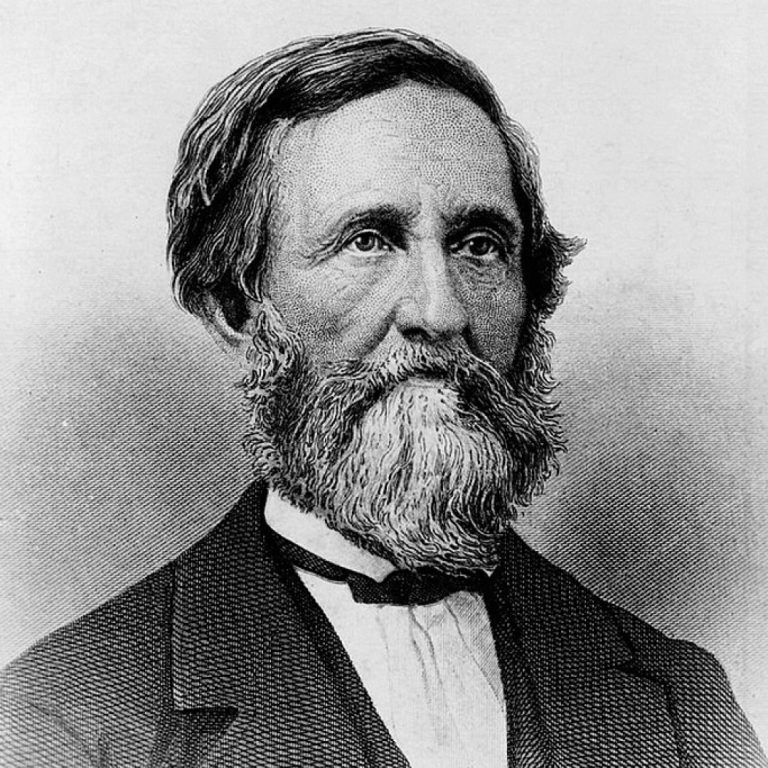
On Mar. 30, 1842, Dr. Crawford Long, an American physician and pharmacist in Jefferson, Georgia, used ether for…
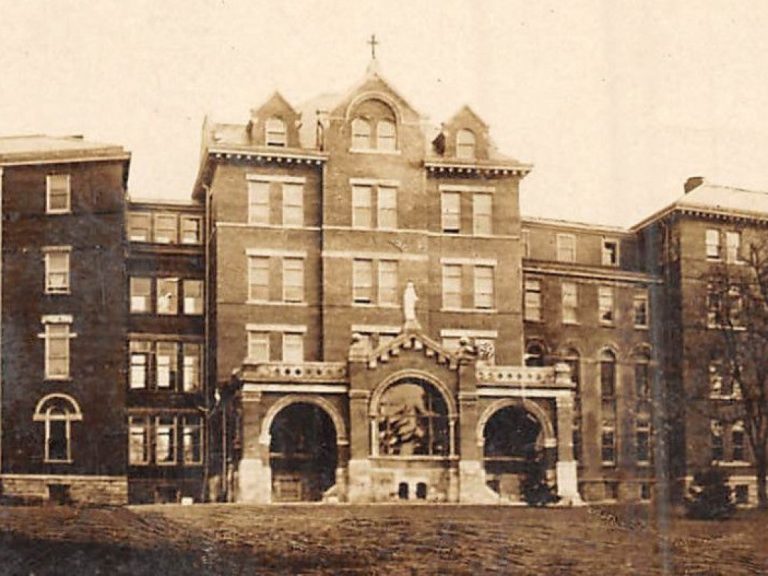
In 1840, After a devastating tornado ripped through Rochester, Mother Alfred Moes and the Sisters of Saint Francis…
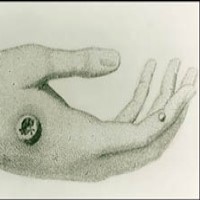
In 1840, the British government passed the Vaccination Act of 1840, an act that provided free vaccinations for…
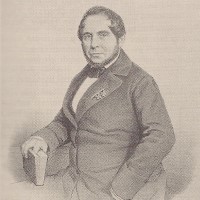
In 1840, German scientist Dr Jacob von Heine conducted the first systematic investigation of polio and developed the…
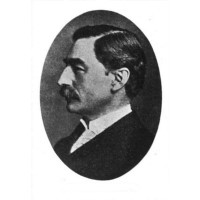
In 1840, Emil Mallinckrodt acquired a land in the Bremen area of St. Louis, which became the site…
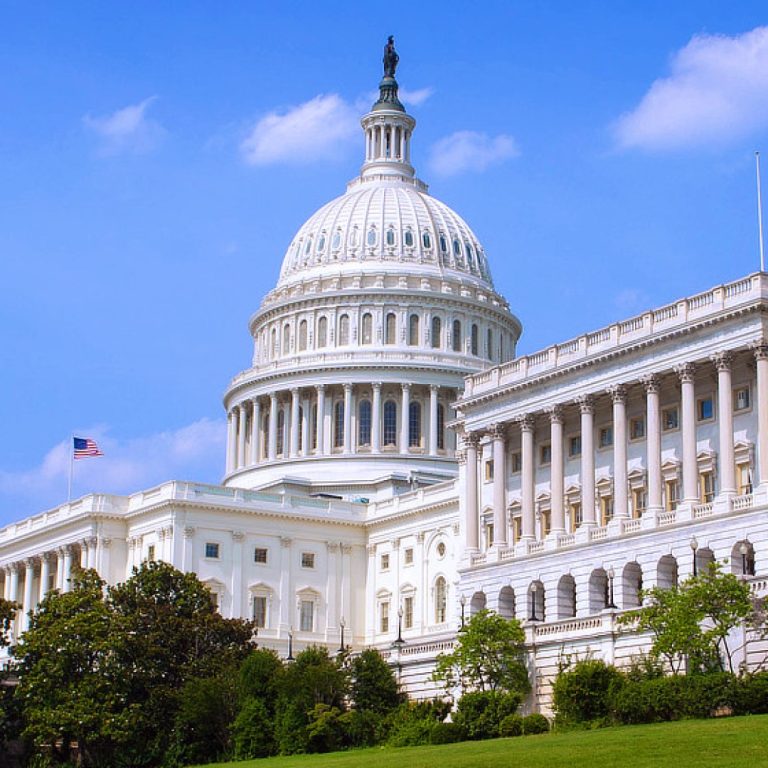
In 1839, the U.S. Congress puts $1,000 into the Congressional Seed Distribution Program, administered by the U.S. Patent…
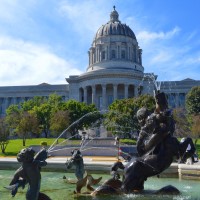
In 1839, the University of Missouri was founded after the Missouri legislature passed the Geyer Act, legislation that…
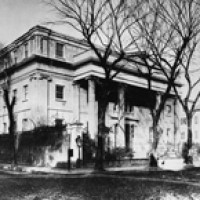
In 1839, two medical colleges merged into the the Medical College of the State of South Carolina. In…
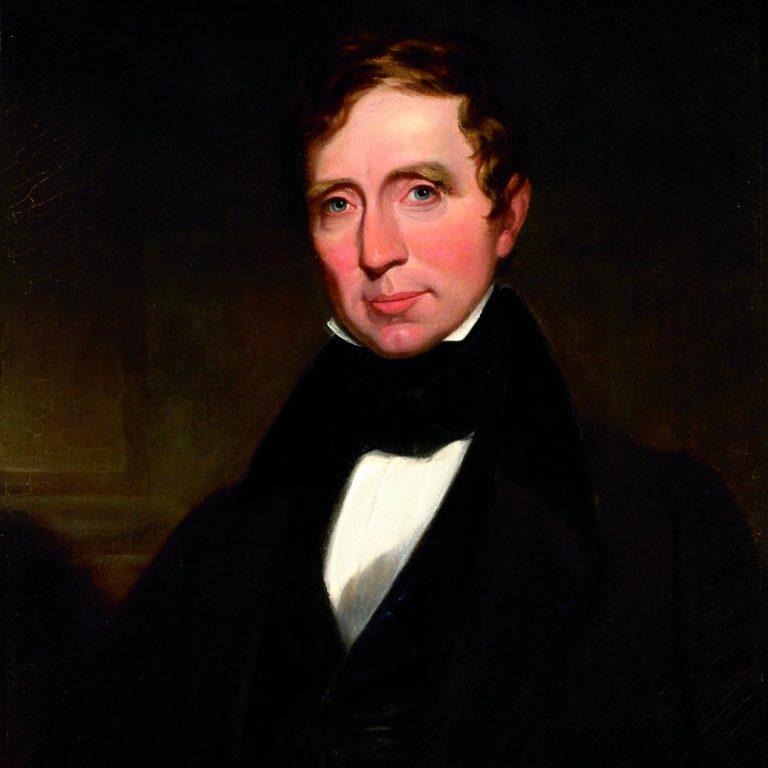
On Sept. 17, 1838, Emory College classes began for fifteen students. The College was founded in 1836 by…
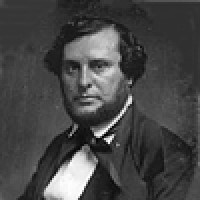
In 1838, The Medical Department of Hampden-Sydney College opened in Hampden Sydney, Virginia. The first Dean of the…
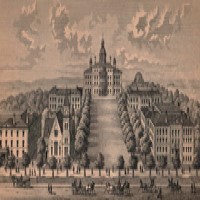
In 1838, The state territorial legislature passed a bill to establish a University of Wisconsin ‘at or near…

In 1837, Dr. James McCune Smith became the first African American to hold a medical degree. Smith, a…
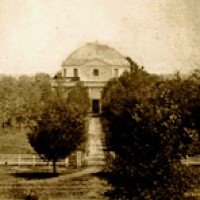
In 1837, the University of Alabama became the first in the state to offer engineering classes. It was…
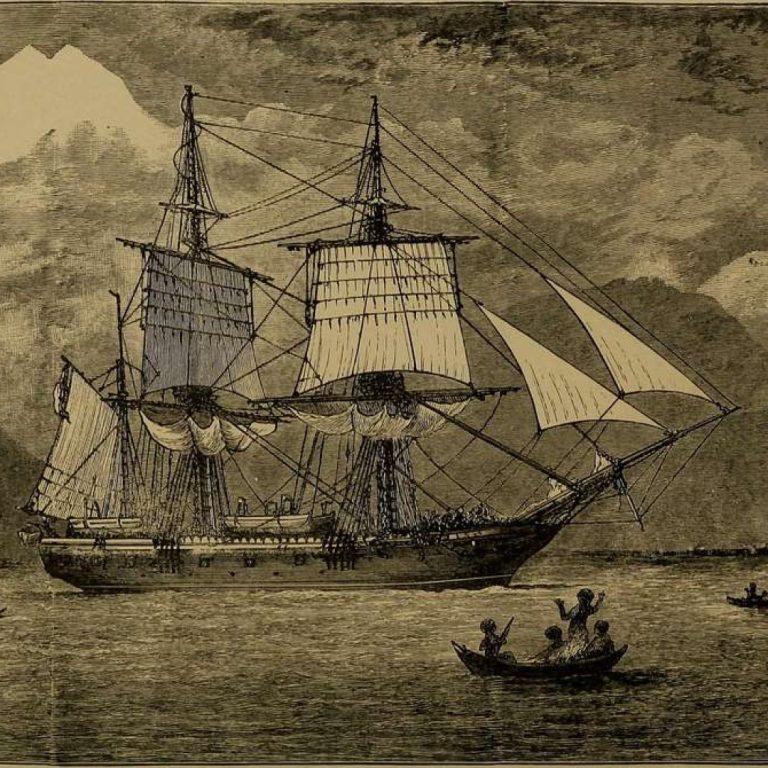
On Oct. 2, 1836, British naturalist Charles Darwin returned to England from the voyage of the “Beagle.” Darwin,…
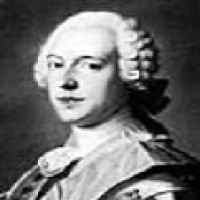
In 1836, Charles Cagniard de Latour’s work with microscopes shows that yeast is a mass of little cells…
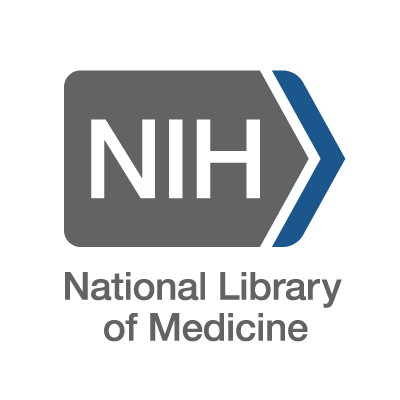
In 1836, The Library of the Office of the Surgeon General of the Army (the present U.S. National…

In 1836, Emory College was founded by a group of Methodists in Newton County that dedicated themselves to…
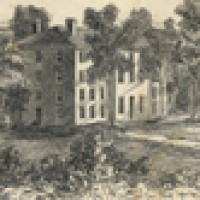
In 1834, The Wake Forest Manual Labor Institute was founded in Wake Forest. It was rechartered as Wake…
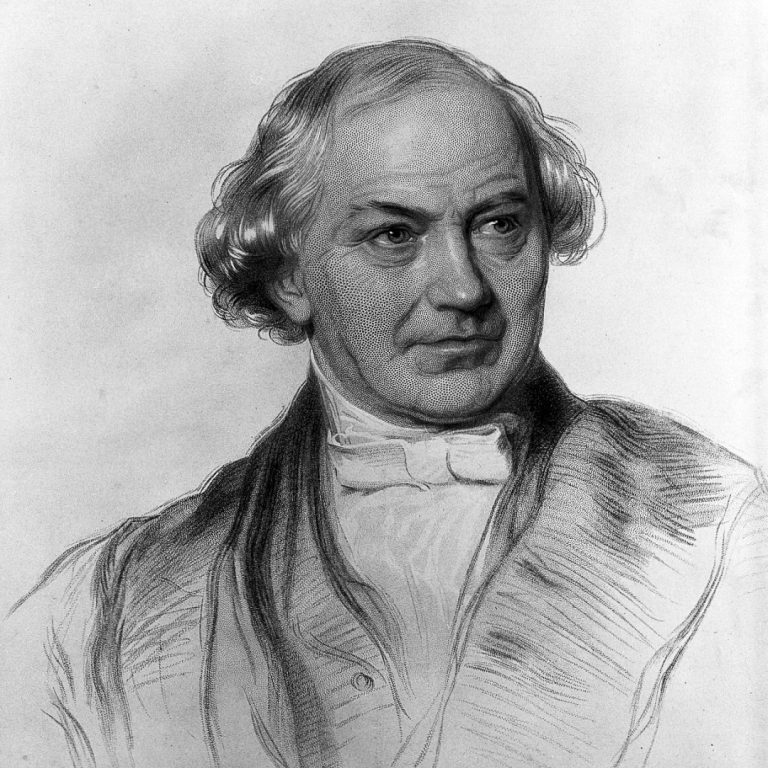
In 1834, the term scientist was added to the English language by William Whewell, Master of Trinity College,…
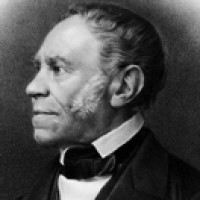
In 1833, the first enzyme was discovered and isolated by French chemist Anselme Payen also known for discovering…
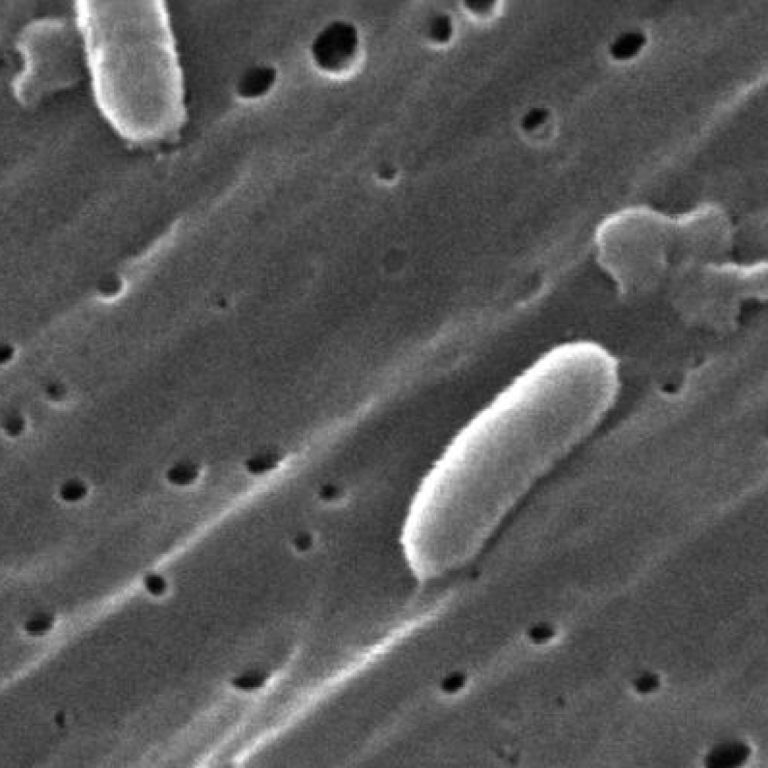
In 1832, New York mandated in June that no ship can approach within 300 yards of any dock…

In 1832, Asiatic cholera epidemic hit New York City with particular ferocity. Sanitary cordons, or quarantine, were the…
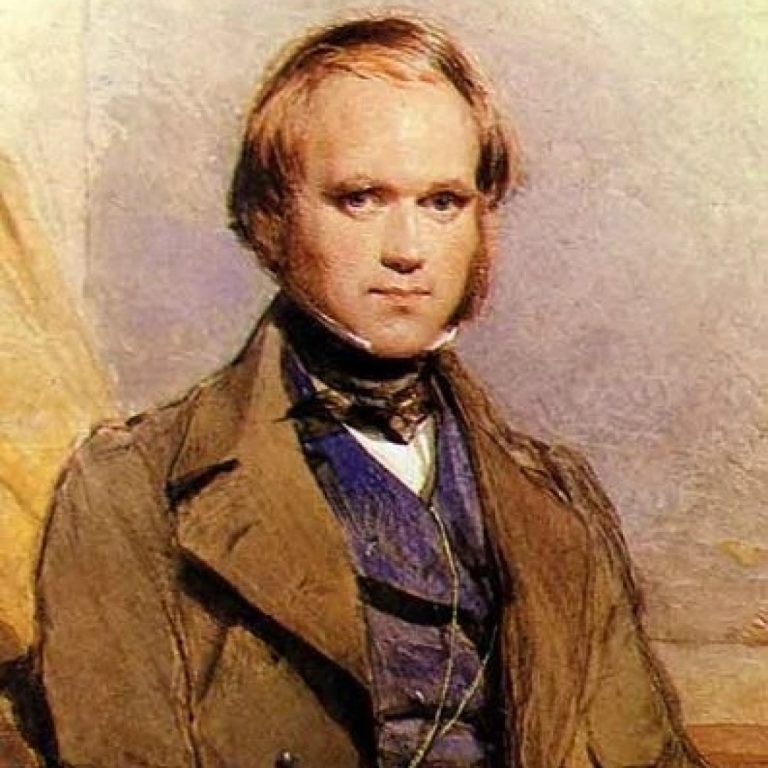
On Dec. 27, 1831, naturalist Charles Darwin departed England on the British science expedition voyage of the “Beagle”…